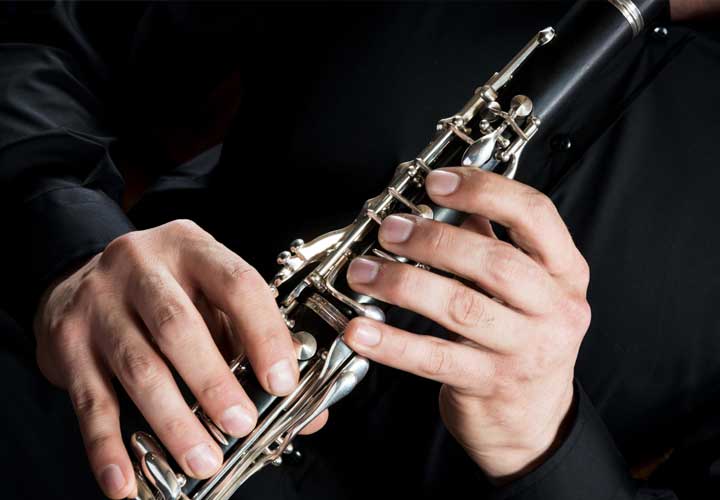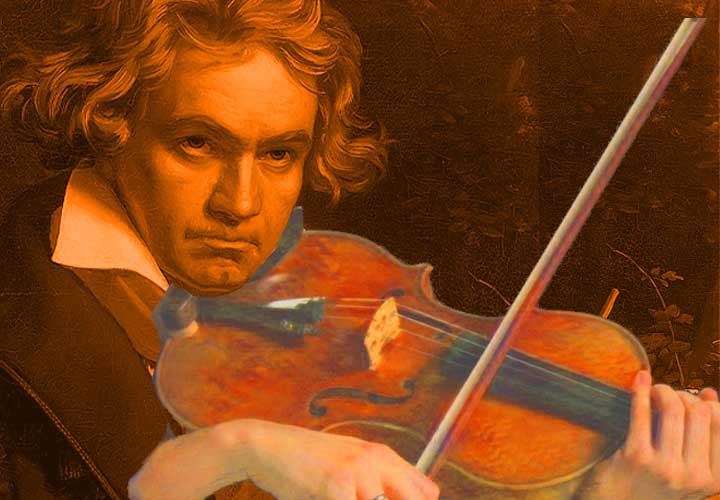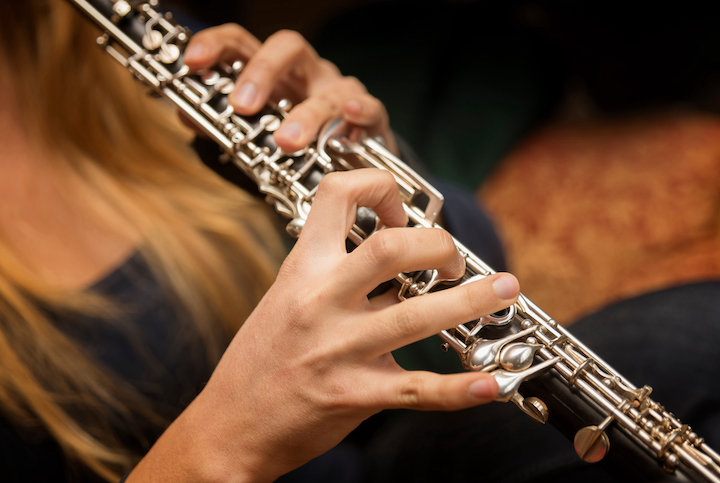

![Beyoncé alongside the classical artist she beat to become the greatest ever Grammy winner [Source: Wikipedia]](/discover/beyonce_solti.jpg)
On 5th February the music industry’s 65th Grammy Awards were announced in a glitzy ceremony in Los Angeles. Amongst the categories, the most distinguished include best record, which went to Lizzo’s, ‘About Damn Time’; best Album, won by Harry Styles’ ‘Harry’s House’; and best song, which went to to Bonnie Raitt’s ‘Just Like That.’
But it was Beyoncé that made all the post-awards headlines. Her four wins, for Best Dance Recording (‘Break My Soul’), Best Dance/Electronica Album (‘Renaissance’), Best Traditional R&B Vocal Performance (‘Plastic off the Sofa’) and Best R&B Song (‘Cuff It’), makes her career Grammy Awards haul, with 32 wins and 88 nominations, the largest of all time.
Continue reading...
![Portrait of Elizabeth I of England playing the lute, portrait miniature by Nicholas Hilliard, c. 1580 [source: wikipedia]](/discover/Elizabeth_I_Playing_the_Lute.jpg)
![Luciano Pavarotti, Jose Carreras and Placido Domingo [Source: Wikipedia]](/discover/3_tenors_s.jpg)
January 2023 saw two of the original three tenors, Jose Carreras and Placido Domingo, perform together in Tokyo’s Garden Theatre. The concert was to mark 20 years since the last three tenors concert, held in Columbus, U.S. It was dedicated to the memory of Luciano Pavarotti, who died in 2007.
Given the controversy surrounding Domingo’s career and the age of both singers, the concert was slammed by some for its tackiness.
Perhaps then better to remember the heyday of three tenors mania, when Carreras, Domingo and Pavarotti wowed concertgoers with their interpretations of great works from the opera and song literature.
Continue reading...
![György Ligeti (left) and Stanley Kubrick (right) [Source: Wikipedia]](/discover/ligeti_k.jpg)
Ok, so you’ve heard of the film ‘2001’? The one set in space with the black monolith and the mad A.I. computer HAL? And its legendary director Stanley Kubrick? You know, the one who was a notorious perfectionist and whose cinematography also includes films such as the ‘Dr. Strangelove’, ‘A Clockwork Orange’ and ‘The Shining.’
So who is György Ligeti and what does he have to do with Kubrick and that movie?
Continue reading...

The most intensely lyrical of all woodwind instruments, the oboe has a long and distinguished history. Undisputed king of the woodwind during the baroque era, the instrument features heavily throughout Bach’s works as well as appearing in myriad sonatas and concertos by other composers of the period. The arrival of the clarinet in the late eighteenth century rather nudged the instrument out of the limelight. Mozart turned to the clarinet for his last and greatest wind pieces, rather setting the tone for subsequent composers (Brahms, for example, who wrote some of his finest chamber music for clarinet but nothing whatsoever for oboe), although the 20th-century saw many notable additions to the repertoire, including concertos by Richard Strauss and Vaughan Williams, along with Poulenc’s melancholy late sonata.
Continue reading...
![Conductor Marin Alsop, who criticised the film [Source: Wikipedia]](/discover/Marin_Alsop.jpg)
Todd Field’s film about an abusive and predatory female conductor, Lydia Tár (played by Cate Blanchett), has earned a string of awards and nominations, including from the British FIlm Academy, New York Film Critics Circle, Golden Globes and London Critics Circle Film Awards. Yet the film continues to provoke a range of reactions from audiences.
Continue reading...

It is nearly a year since Vladimir Putin invaded Ukraine. The progress of events during that tragic conflict has been remarkable, with the Ukrainian side, inspired by Vladimir Zelensky, achieving some notable victories over the last 12 months.
Despite the disruption the war is causing, support for Ukraine remains strong. A recent Eurobarometer poll found that, even amidst the cost of living crisis, 74 percent of European citizens continue to favour supporting Ukraine.
One of the remarkable ways in which Ukraine has built and maintained its support has been the way the country has projected its culture to the rest of the world. And in this music has played an important role.
Continue reading...
